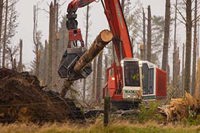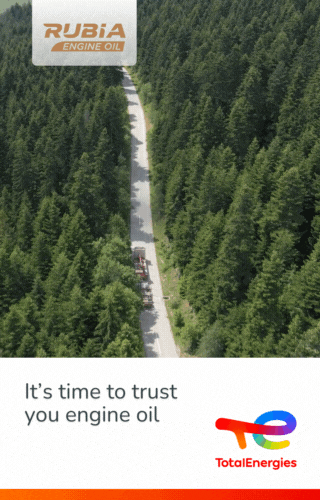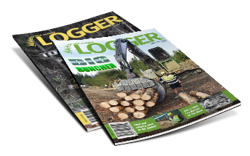
Many harvesting crews have never experienced the scale of windthrow trees left behind by Cyclone Gabrielle. Safetree Toroawhi/Worker Champion, Richard Stringfellow, talked to crews working near Taupo about what it’s like to harvest cyclone-ravaged forests.
Hapeta Flight (Tūwharetoa), from Turangi-based Flight Logging, has some advice for anyone harvesting a windthrow forest: “Don’t expect to break any production records”.
“This stuff is pretty gnarly. There are a lot more hazards in it – standing spars, heavy leaners, tensioned logs, root balls. You’ve got to be more cautious and take your time. The work doubles,” he says.
Flight Logging is one of several crews harvesting forests in the Central North Island owned by Lake Taupō Forest Trust and Lake Rotoaira Forest Trust, which are managed by NZ Forest Managers. The need to harvest the cyclone-damaged trees before the wood deteriorates means several crews have been brought into the area, including crews from Hawke’s Bay who are unable to work in their own region due to the effects of the cyclones.
Flight Logging and Lakeland Cable Logging, both Safetree Certified Contractors, are two of the crews involved in the harvesting.
Dealing with the direction of the trees
Hapeta says one of the biggest differences with windthrow is that generally the trees have all blown over in one direction – which might not be the direction you want them to be in for extraction to the skid site.
Ideally, you want the extraction operator to be able to pick up the butt end to avoid any more damage to the tree, he says.
“So, to get the trees bunched in the right direction for the extraction operator, the harvester operator sometimes has to spin the trees around, which can be tricky.”
Turning the trees without causing further damage is a bit of an art, particularly when some of them weigh up to four tonne.
Hapeta’s uncle, Gordon Flight, is the crew’s harvester owner/operator and his approach is to turn the trees slowly and only halfway around.
“When I turn a tree, I’ll turn it sideways so the extraction operator can get it, and it’s still safe for me – without branches or the tree coming into the cab.”
The forest floor is littered with fallen trees that are sometimes layered on top of each other, so planning the extraction is essential, Gordon says.
“If you’re in the block and the wood’s been blown the wrong way you’ve got to plan how the extraction is going to work, what’s going to be easiest for you and your operator. You’ve got to take your time, don’t rush.”
Getting access to the site
The fallen trees also cause problems with site access and roading.
“All the existing roads were covered in trees,” says Hapeta. “Normally you go to a block and the roading and other infrastructure is already in there for you. Here, there was a road, but it was covered in trees. So, we had to cut our way in through the windthrow.
“We also have...






